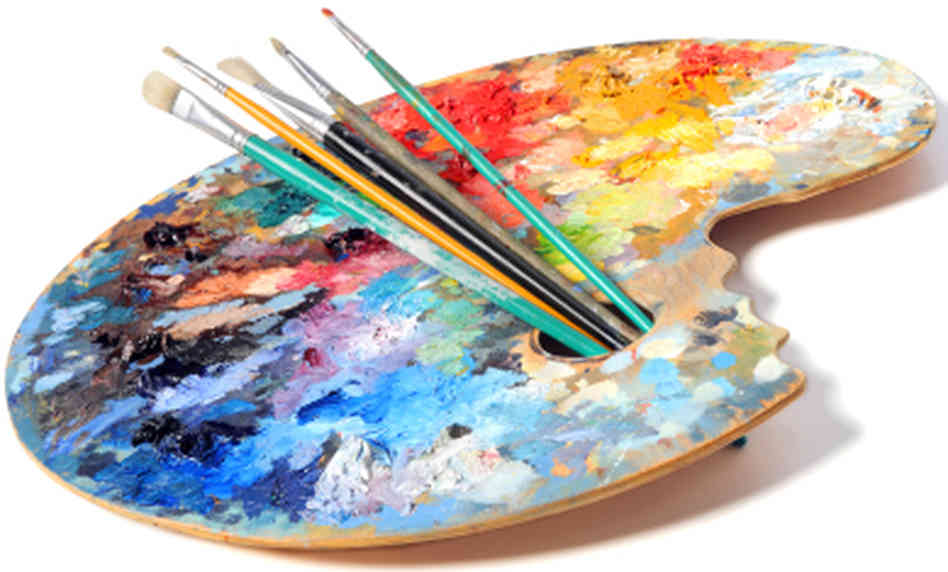Unveiling one of the most Provocative Trump Art Pieces of the Years
Exploring the Diverse World of Artistic Expression: From Surrealism to Abstract Realism
In the world of artistic expression, from the dreamlike landscapes of surrealism to the complex play of light and type in abstract realistic look, artists have continually pressed the boundaries of imagination and creative imagination. As we discover the multifaceted world of art, we are provided with a tapestry of designs, techniques, and viewpoints that test our understanding and prompt reflection.
Surrealism: Unleashing the Subconscious
Surrealism, an avant-garde creative motion of the 20th century, explored the midsts of the subconscious, introducing a globe of dream-like imagery and non-traditional associations. Headed by musicians like Salvador Dali, René Magritte, and Joan Miró, Surrealism looked for to test the traditional means of seeing and understanding art. Through techniques such as automatism and dream analysis, Surrealist artists aimed to take advantage of the subconscious mind to disclose surprise facts and needs.
Among the vital components of Surrealism was the focus on the illogical and the exceptional. By integrating unforeseen aspects in their works, Surrealist artists aimed to develop a feeling of disorientation and shock in the customer. This disturbance of logic and factor was meant to provoke a much deeper expedition of the subconscious and the secrets of the human mind.
Abstract Realistic Look: Redefining Perception
Testing standard creative boundaries, Abstract Realistic look redefines assumption through the combination of recognizable aspects with abstract types. This cutting-edge strategy to art integrates the representational accuracy of realism with the imaginative flexibility of abstraction, offering visitors an one-of-a-kind visual experience that triggers them to question their perception of fact.
In Abstract Realism, musicians aim to capture the significance of their subjects while additionally instilling their collaborate with a feeling of deepness and intricacy through abstract components. By blending the acquainted with the unknown, these artists welcome target markets to engage with their items on multiple degrees, encouraging them to discover the nuances of type, texture, and shade.

Cubism: Breaking Up Truth
Making use of fragmented viewpoints and geometric types, Cubism changed the creative depiction of fact in the early 20th century. This approach not only deconstructed truth however likewise stressed the monotony of the canvas, leading the means for future abstract art motions.

Cubism can be categorized into two primary phases: Analytical Cubism, defined by monochromatic color pattern and complex, fragmented types; and Artificial Cubism, which integrated collection aspects and brighter colors into the structures. Through these distinct phases, Cubism influenced not only paint however likewise sculpture, design, and style. trump art. Its effect reverberated across Go Here the art globe, motivating musicians to check out new ways of standing for the globe and translating around them
Expressionism: Feelings on Canvas
Checking out the depths of human emotions through vivid and expressive brushstrokes, Expressionism became an extensive creative movement in the very early 20th century. Unlike previous art movements that concentrated on showing the exterior globe, Expressionism explored the inner realm of the musician's psyche, aiming to stimulate raw emotions and prompt visceral actions from viewers.
Expressionist artists, such as Edvard Munch, Egon Schiele, and Emil Nolde, rejected typical concepts of beauty and realistic look in favor of distorting kind and color to share subjective feelings. The usage of exaggerated brushwork, strong shades, and distorted numbers helped produce a feeling of unease, alienation, or interest in their works.
One of one of the most famous examples of Expressionism is Munch's "The Scream," which catches the extreme anxiety and anguish of modern-day life with its swirling, altered number against a blood-red sky. Via their emotionally billed works, Expressionist artists looked for to test conventional creative standards and give a window into the stormy midsts of the human heart.
Contemporary Art: Developing Viewpoints

Among the specifying qualities of modern art is its constant evolution and capability to adjust to transforming social landscapes. Artists are increasingly integrating modern technology right into their technique, blurring the lines in between the physical and digital worlds. This combination of mediums permits cutting-edge ways anonymous of narration and engaging with target markets in a much more interactive way.
In addition, contemporary art often functions as a platform for social discourse, attending to pressing problems such as identity, national politics, and the atmosphere. Artists are utilizing their work to spark important discussions and prompt idea, shedding light on the have a peek at this website complexities of the globe we reside in. As viewpoints continue to progress, contemporary art stays a vibrant and influential force in forming our social landscape.
Conclusion
To conclude, the world of artistic expression incorporates a variety of motions and styles, each with its very own one-of-a-kind technique to communicating significance and feeling. From surrealism's expedition of the subconscious to abstract realism's redefining of perception, and from cubism's fragmentation of fact to expressionism's representation of emotions, art continues to advance and test perspectives - trump art. Contemporary art mirrors the ever-changing globe we live in, using new ways to analyze and recognize the intricacies of our reality
As we check out the multifaceted globe of art, we are provided with a tapestry of designs, strategies, and ideologies that test our understanding and prompt consideration. Its impact resounded throughout the art globe, motivating musicians to check out new means of standing for the globe and analyzing around them.
